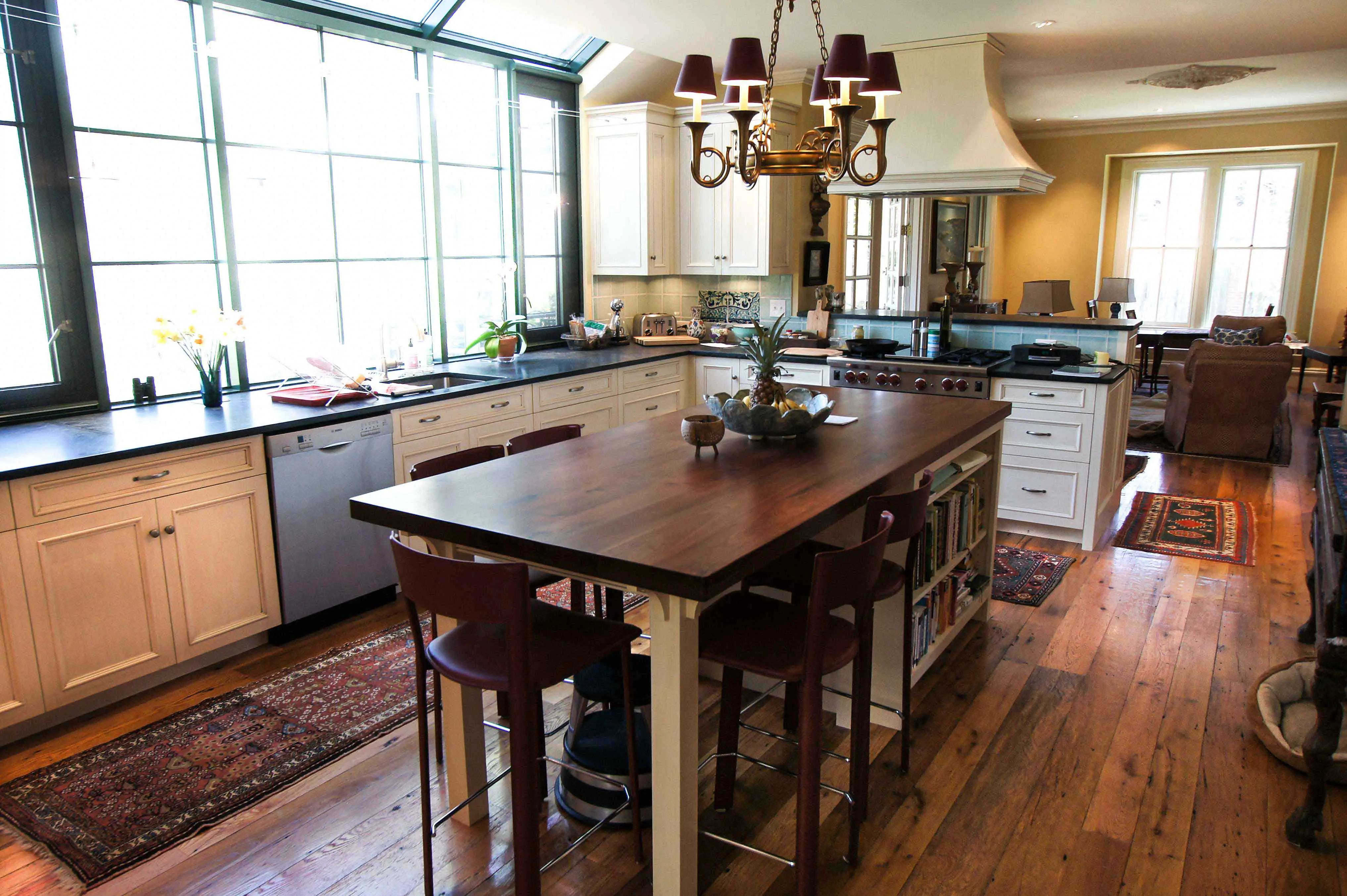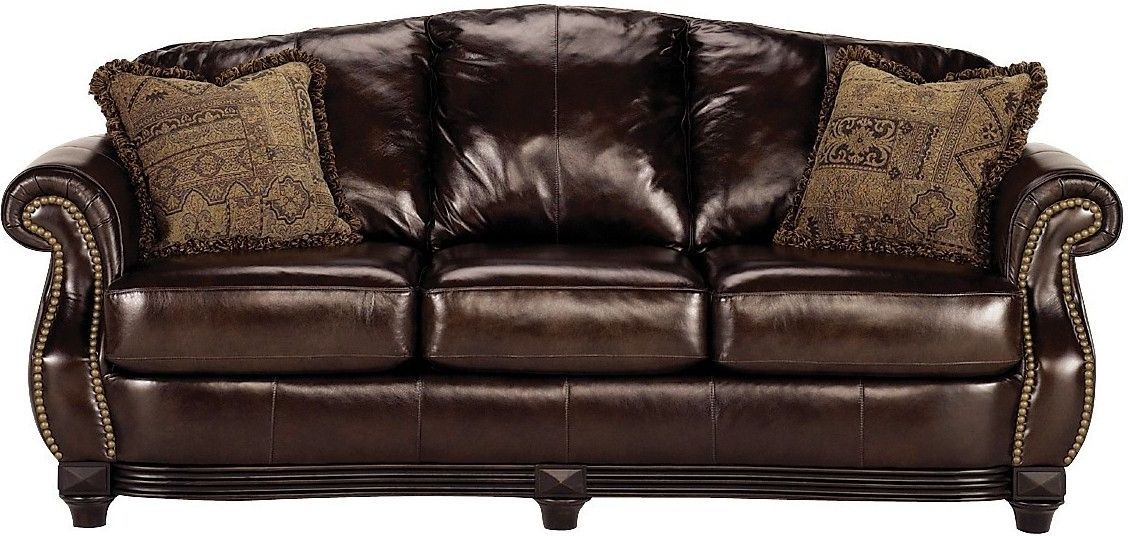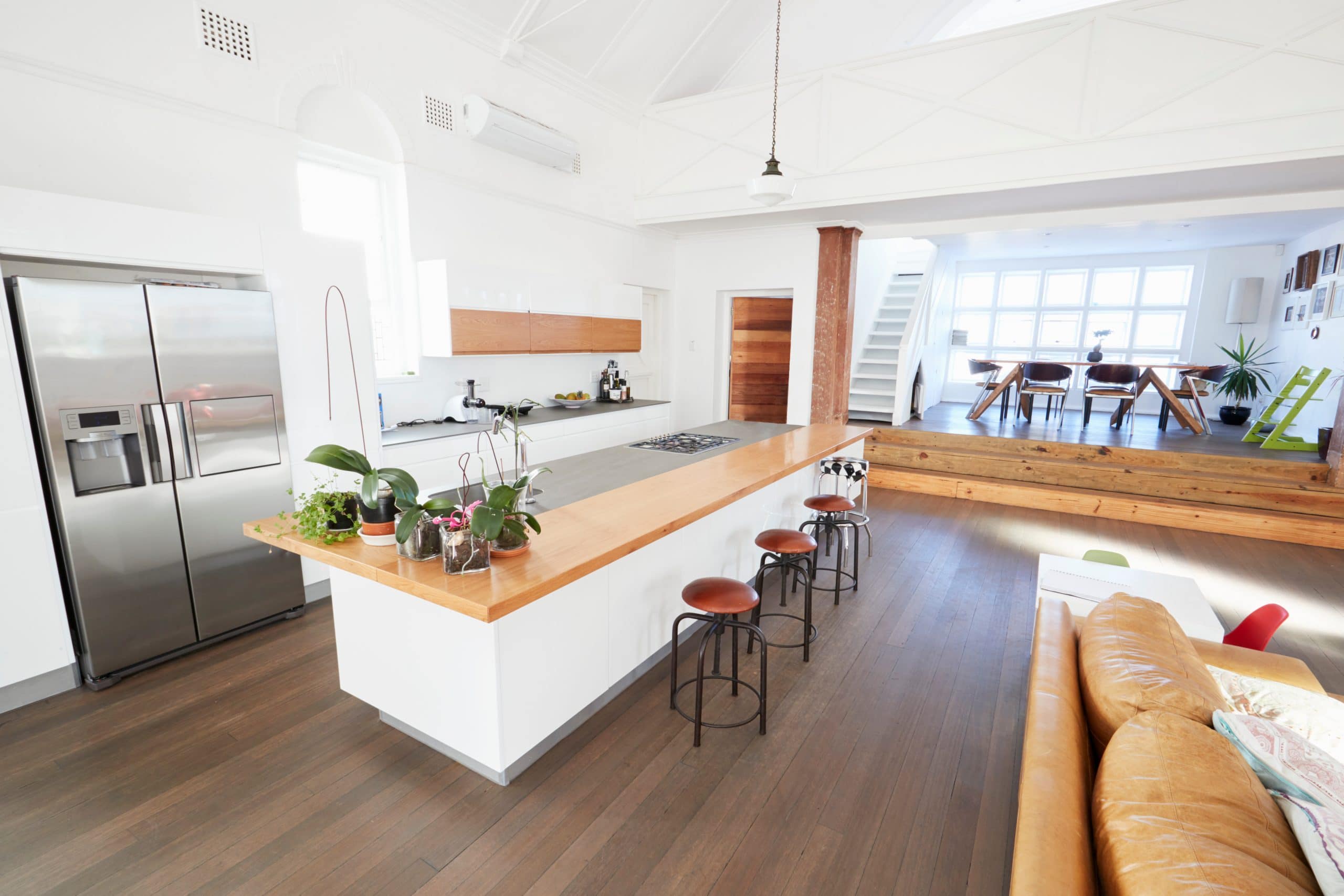Bumble Bee House Designs: Attracting and Housing Solitary Bees
Bumble bee house designs offer a unique way of inviting solitary bees to your garden or backyard. By providing a safe place to stay, these bee houses can be an important part of bee-friendly garden design. Bumble bee houses provide an attractive and sustainable refuge for a variety of solitary bee species. Bees are essential for pollination of many plants, and bumblebee houses create an eco-conscious opportunity to help them thrive.
Creating a bee-friendly garden requires more than just bumble bee house designs. A lush and diverse garden is the ultimate bee attraction. Planting native flowers, herbs, shrubs, and trees create an inviting and interesting landscape for bees to explore. Diversity of plants, especially wildflowers, can also support different types of insects, and birds, creating a vibrant ecosystem. Another crucial aspect of pollinator-friendly gardens is leaving enough undisturbed soil for bees to burrow safely in.
Bumblebee House Design and Construction
Before we discuss building your own bumblebee home, there are few key things to consider. Different species of bees require certain size cavities that provide adequate insulation. Most bumblebee house designs suggest 7 cm (or 3 inch) deep cavities, as well as holes of one inch in diameter. Some bee houses include special bee landing pads to guide the bees to their new home. Usually, bee houses should be installed in a secluded and dry part of the garden, ideally facing south, and be protected from strong winds.
When either building or purchasing a bee house, make sure to choose untreated, sustainable materials. Wood, cane, bamboo, and even old logs are great options. Constructing your own bumblebee house is a great way to give it your unique touch. If you are considering a DIY approach, some popular designs use a tailored wooden frame with bamboo canes of differing sizes fitted in place. Bricks, terracotta pipes, and terracotta nesting blocks are also known to provide effective housing for solitary bees.
The Bee Brick Bumblebee House: A Modern and Sustainable Design
With an increasing demand for sustainable and eco-friendly design, the Bee Brick bumblebee house has gained popularity in recent times. The Bee Brick is a unique terracotta brick designed to provide safe refuge for a variety of solitary bee species. It is equipped with 34 bee nesting holes of various sizes which can be filled with natural nesting material such as grass and wood. The Bee Brick can be easily installed in walls or planted in the ground. The terracotta brick not only provides long-term insulation but also allows for ventilation.
For those who are interested in an aesthetically pleasing design, the Bee Brick has got you covered. The brick can be painted to match the design of the house, providing a complement to within your patio area, or in the garden. The Whale is the latest product from the company, designed for easy portability. Placed on outdoor furniture, the brick stands upright while providing refuge for a wide variety of solitary bees.
Simple DIY Bumblebee House Design
Constructing a simple bumblebee house is another great option to choose when crafting a bee-friendly garden. Large thick logs offer a great shelter for the bees. Holes that measure between 0.8 and 1.5 centimeters are perfect for the bees. Using a drill, make holes in a random pattern, and attach them at least 33 centimeters apart. Make sure they go all the way through the logs. When finished, hang the logs in a sutible area outdoors, preferably with some space under the log for landing.
A more traditional design consists of recycled wood planks nailed together, creating a cube shape. Once the cube shape is finished, drill some small holes into the wood planks and fill them with bamboo sticks of varying sizes. Put enough nesting material in each hole, and make sure to leave some space between them to give the bee enough space to fly and land. Hang the cube, or mount it into a sheltered area in the garden for the bees to thrive.
Bee-Friendly Garden Design: Insights for a Sustainable Yard
When discussing bee-friendly garden design, it is essential to note the importance of water and plant diversity. Bees need water to survive, so make sure to have some shallow, moist soil available in order for them to drink. Planting wildflowers of different colors will also help to attract different pollinators into your garden. It is important to note that planting these seasonal flowers may mean that there are no other sources of nectar or pollen available for them during the winter months.
In addition, a bee-friendly garden requires appropriate nesting material. Sticks and twigs offer essential shelter for bees, which will also offer clues to their activity within the garden. Bumblebee houses can easily be made from old logs, but if purchasing a commercial design is preferred, look for one with natural materials like wood, grass, and cane. Make sure to leave some undisturbed ground in the garden for the bees to burrow, and if possible, provide a source of water to enable them to get the nutrition they need.
Smile and Wave: Exploring Bee-Friendly House Design Around the World
Bumblebee houses, also known as bee hotels, can be found in many countries across the world. Different countries have their own unique style and design, catering to the native bee species. In France, many villages are fitted out with straw, bamboo, and old wood bee houses, referred to as ''gîtes à abeilles''. Japan and German are also known for their traditional bee house designs. In the Netherlands, the Terrastenen bee house is the preferred design. It is made with terracotta tiles, allowing bees to create natural nests inside.
In the USA, many city dwellers are limited in terms of available space. This has had an interesting effect on bee Friendly design. Many bee houses are made small enough to fit onto the windowsill of an apartment building. Beekeeping has also grown in popularity for urbanites, as a way to reduce their carbon footprint and create diverse pollinator ecosystems.
Bee Natural: Creating a Bee House
Creating your own bee house is a great way to engage with local wildlife and show your support for sustainable housing designs. With the right materials and adequate insulation, you can easily create a bee friendly habitat for different solitary bee species. The best materials to use are untreated wood, bamboo or cane, terracotta pipes, and terracotta nesting blocks.
For a traditional design, start by constructing the frame made from untreated scrap wood. Once complete, fit bamboo canes of varying diameter into the frame. Make sure to leave some room between them for the bees to land and fly in and out of the bee house. Finally, fill each cane with natural nesting material to encourage them to use it.
Build The Right Bee House For You
When creating or buying a bumble bee house, it is important to research the species of bees found in your area and create something suitable. Learning about a few native bee species, their nesting habits, and their dietary requirements can give you an insight into which type of nesting structure is suitable for them. Building a bee escape in the front of the bee house can also be beneficial. This helps to prevent any damage from honeybees, which can overrun the structure.
When deciding on a bee house design, gardening enthusiasts should also consider cost, time, and general care for the bees. Sealed bee houses require more maintenance than open-air designs, and they require frequent cleaning as they can easily get full of parasites. Logs and long tubes, on the other hand, require little maintenance. As with any building project, make sure you use sustainable materials and sensitize everyone around you to the importance of bee-friendly gardens.
Design and Fabrication of a Bumblebee Nest
Sustainable design is an essential part of building a bumblebee nest and ensures the structure provides optimal insulation and easy maintenance. When constructing a bee house, using recycled materials is the best choice. Selecting untreated wood for the frame of the bee house works best. When selecting cans, tubes, or bricks, make sure it is either clay or terracotta.
The design of the bumblebee house should make provisions for adequate insulation. Placing the structure in a sheltered area of the garden or a covered patio is important for insulation. Avoid positioning a bee house on a south-facing wall, as it may be too hot during summer months. Make sure the holes are evenly spaced and adequately sized to fit the type of bees being housed. The holes should also not be too shallow as bees may struggle to reach the deeper areas.
Building an Eco-Conscious Bumblebee Home
When constructing your new bumblebee home, aim to be as sustainable as possible. To save money and reduce your carbon footprint, use untreated scrap wood for the base of the frame. If you are using a tube or brick design, make sure it is made from terracotta and not concrete. Natural materials like wood, bamboo, and cane should also be used when filling the nesting materials. And, if you are able to, add some wildflower seeds to the nesting material to give the bees an extra food source.
When properly constructed, bumblebee houses are a great way to show your support for sustainable and eco-friendly design. By inviting bees to your garden, you will be providing a safe habitat for a variety of pollinators, encouraging a diverse pollinator community in your area. This contributes to the health and well-being of the local environment and can help create a healthy, sustainable environment.
Creating a Pollinator Paradise with Bumblebee House Designs
Crafting a pollinator paradise with bumblebee house designs is a great way to support sustainable living. By creating an inviting habitat for native bees, you can provide an essential resource for your local environment. Bumblebees are highly important pollinators, as they can spread pollen over a larger area and penetrate deeper into flowers than other insect species, allowing for more efficient pollination.
Creating a pollinator paradise starts with the design. Different bee species require different size cavities, from 1cm to 5cm in diameter. Nesting material should also be varied in size. Old logs, tubes, and blocks offer ideal nesting material for bees. Once you’ve determined the size and material for your bee house, it's important to install it in a sheltered area of the garden, facing toward south, avoiding strong winds.
Get the Most Out of Your Bumble Bee House Design
 Creating a
bumble bee house design
that ensures that the pollinating insects thrive is no easy task, but it can be done. Bumble bees are essential to the ecosystems they inhabit and contribute to the pollination of many plants, including food crops, and flowers. From proper sizing and materials to ventilation and location, designing an effective bumble bee house comes down to knowing the best practices and having the right ingredients.
Creating a
bumble bee house design
that ensures that the pollinating insects thrive is no easy task, but it can be done. Bumble bees are essential to the ecosystems they inhabit and contribute to the pollination of many plants, including food crops, and flowers. From proper sizing and materials to ventilation and location, designing an effective bumble bee house comes down to knowing the best practices and having the right ingredients.
Choose the Right Size and Shape
 It is important to understand that different
bumble bees
require different sizes and shapes for their nests. Social bumble bees tend to form larger colonies, so they need bigger spaces for their nests. A bumble bee house should be large enough to provide the eggs and larvae with enough warmth and security. Materials such as wood, bamboo, or paper can also provide sturdy walls and a weather-resistant outlook.
It is important to understand that different
bumble bees
require different sizes and shapes for their nests. Social bumble bees tend to form larger colonies, so they need bigger spaces for their nests. A bumble bee house should be large enough to provide the eggs and larvae with enough warmth and security. Materials such as wood, bamboo, or paper can also provide sturdy walls and a weather-resistant outlook.
Provide Enough Ventilation
 As with any living space, it is important to ensure sufficient ventilation. Without proper ventilation, the
bumble bee house design
will fail to provide a healthy environment. Drafts and ventilation holes should be placed in strategic locations, such as a balcony or a garden, to provide the insects with access to the outdoor environment or to natural light. Additionally, mesh screens can provide protection from predators and also allow for circulation.
As with any living space, it is important to ensure sufficient ventilation. Without proper ventilation, the
bumble bee house design
will fail to provide a healthy environment. Drafts and ventilation holes should be placed in strategic locations, such as a balcony or a garden, to provide the insects with access to the outdoor environment or to natural light. Additionally, mesh screens can provide protection from predators and also allow for circulation.
Make Sure There is Food Close By
 Providing an ample supply of nectar and pollen sources will also help to attract and retain bumble bees. Flowers and other food sources should be placed close to the house, preferably within a 50-meter radius. This should be supplemented with regular watering, as too little moisture can also lead to death or disinterest of the insects.
Providing an ample supply of nectar and pollen sources will also help to attract and retain bumble bees. Flowers and other food sources should be placed close to the house, preferably within a 50-meter radius. This should be supplemented with regular watering, as too little moisture can also lead to death or disinterest of the insects.
Keep the House Clean
 As with any living area, bumble bee house needs to be kept clean. This includes cleaning out dead or decaying larvae and providing ventilation to eliminate dampness and mold. In addition, mold exterminators should be used every six months to prevent the spread of dangerous spores and other materials. This will ensure that the dwelling is an inviting place for bees to call home.
As with any living area, bumble bee house needs to be kept clean. This includes cleaning out dead or decaying larvae and providing ventilation to eliminate dampness and mold. In addition, mold exterminators should be used every six months to prevent the spread of dangerous spores and other materials. This will ensure that the dwelling is an inviting place for bees to call home.
Final Note
 Creating an effective bumble bee house design requires knowledge and understanding of the needs of the bees. Keeping these needs in mind while designing, as well as providing the right ingredients, will help the bumble bees thrive and contribute to the balance of the ecosystem.
Creating an effective bumble bee house design requires knowledge and understanding of the needs of the bees. Keeping these needs in mind while designing, as well as providing the right ingredients, will help the bumble bees thrive and contribute to the balance of the ecosystem.
<h2>Get the Most Out of Your Bumble Bee House Design</h2>
Creating a <b>bumble bee house design</b> that ensures that the pollinating insects thrive is no easy task, but it can be done. Bumble bees are essential to the ecosystems they inhabit and contribute to the pollination of many plants, including food crops, and flowers. From proper sizing and materials to ventilation and location, designing an effective bumble bee house comes down to knowing the best practices and having the right ingredients.
<h3>Choose the Right Size and Shape</h3>
It is important to understand that different <b>bumble bees</b> require different sizes and shapes for their nests. Social bumble bees tend to form larger colonies, so they need bigger spaces for their nests. A bumble bee house should be large enough to provide the eggs and larvae with enough warmth and security. Materials such as wood, bamboo, or paper can also provide sturdy walls and a weather-resistant outlook.
<h3>Provide Enough Ventilation</h3>
As with any living space, it is important to ensure sufficient ventilation. Without proper ventilation, the <b>bumble bee house design</b> will fail to provide a healthy environment. Drafts and ventilation holes should be placed in strategic locations, such as a balcony or a garden, to provide the insects with access to the outdoor environment or to natural light. Additionally, mesh screens can provide protection from predators and also allow for circulation.
<h3>Make Sure There is Food Close By</h3>
Providing an ample supply of nectar and pollen sources will also help to attract and retain bumble bees. Flowers and other food sources should be placed close to




















































































